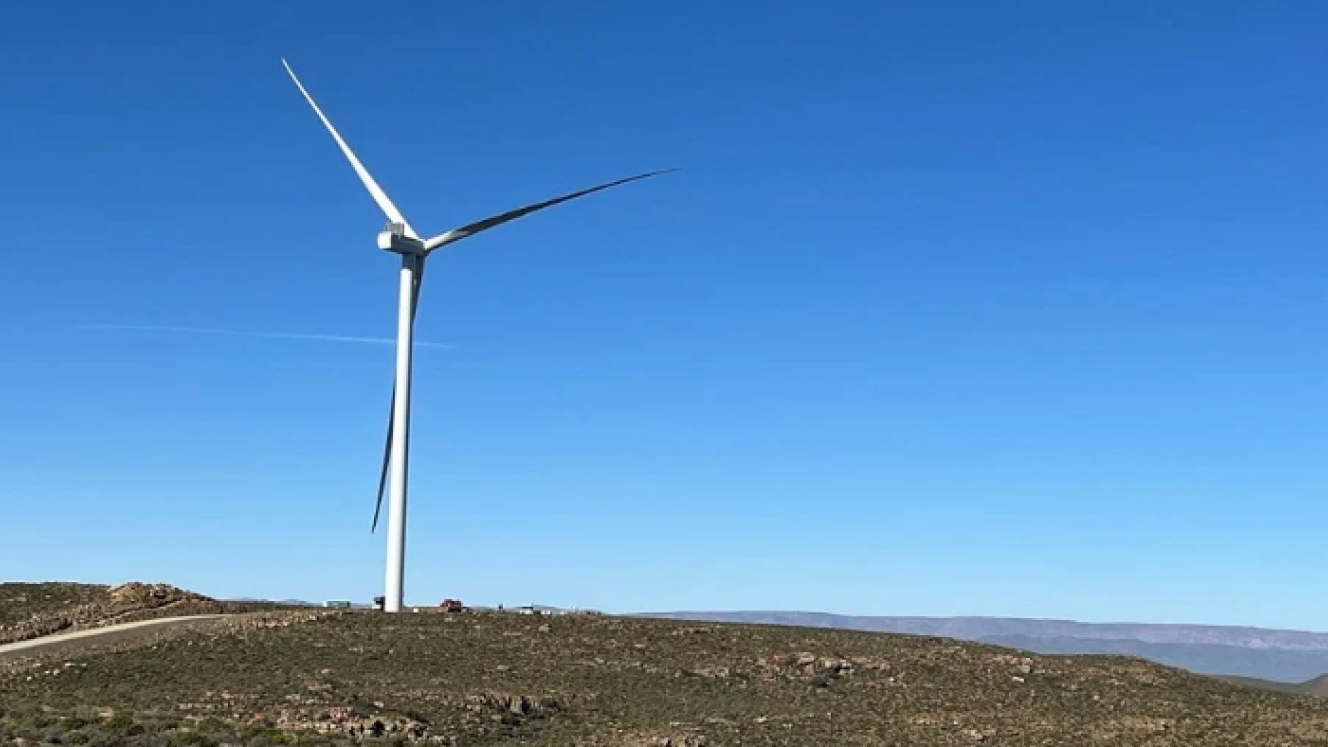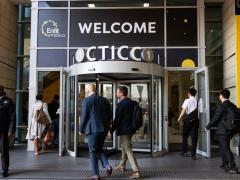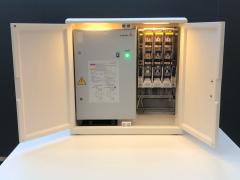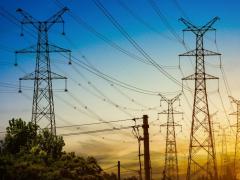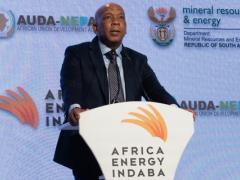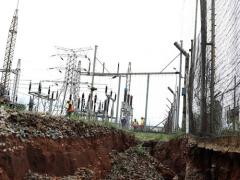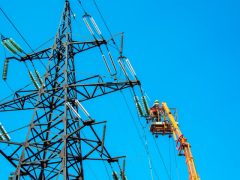South Africa can increase its growth potential to reach emerging market rates of 4-5% by the end of the decade if it has access to reliable energy on the South African grid, says political and economic analyst Frans Cronje.
Speaking during a webinar hosted by Cinnabar Investment Managers, Cronje said the country’s growth ceiling, partly imposed by electricity availability, stands at around 2%. However, if Eskom and government continued the coal refitment strategy, this could reach emerging market growth rates of between 4-5% by 2030.
Cinnabar has developed scenarios for the future of the country using a matrix based on two questions:
- Will South Africa undergo a 20-year coal refitment to transition to clean nuclear energy or will it have a rapid transition from coal to solar power?
- Will public opinion remain moderate or will there be a shift towards more radicalised thinking?
Cronje said, in the best-case scenario, with coal refitment and moderate public opinion, economic growth rates could reach 5% by the late 2020s and into the 2030s. Unemployment would drop below 10% by 2040 and the country would become a “leading global democracy with an outsized global interest”.
If the country experienced a forced and rapid transition to solar energy, it could flirt with recession and increase poverty and the potential for mass radicalisation. Under these circumstances, a populist government coming into power could result in high inflation, money printing and an exodus of the middle class, added Cronje.
“Eskom is coming right and doing very, very well,” he said. He pointed to the energy availability factor, which outlines electricity production by Eskom’s plants and equipment – in the 60% range between January 2021 and July 2022 but then below 50% until a low of 48,7% in January 2024. As of the week of July 22, Eskom had an average 70% energy availability factor.
This is not due to Eskom cutting corners on maintenance, which some suggested, but by reduced breakdowns, Cronje said. Breakdowns reached a peak of 35,5% at the end of 2023 but have since stabilised at around 24%.
“Eskom’s goal managers are getting the support from the energy minister that they weren’t getting during the era of André de Ruyter,” Cronje said.
He cautioned that, to support a high-tech services growth model, the country would need to increase energy production to between 35 000-40 000 MW. For a heavy industrial growth model, this would need to be closer to 45 000 MW. Actual production, measured a few weeks ago, reached 25 000 MW so the amount of dispatchable energy available on the South African grid would need to double.
“This cannot be done through a coal-to-solar transition,” he said, adding that the grid would not be able to support it.

